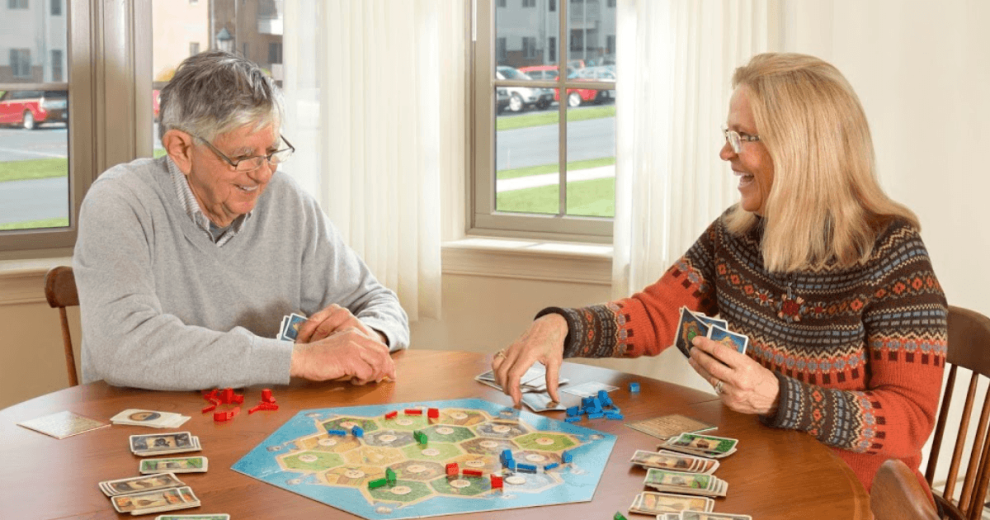As the senior population grows, so does the potential for creating engaging and beneficial games specifically for them. But designing compelling games for this diverse demographic requires understanding their unique needs and preferences. Let’s dive into the world of senior-friendly games, exploring how developers can craft experiences that are not only fun but also promote cognitive health, social interaction, and overall well-being:
Accessibility First: Designing for Comfort and Inclusion
Ensuring accessibility and playability for all seniors is key. Developers should consider:
- Physical Considerations: Large buttons, simple controls, and adjustable font sizes are crucial for players with dexterity limitations or vision impairments. Voice recognition and touch-screen controls can further enhance accessibility.
- Cognitive Clarity: Avoid overwhelming menus and complex mechanics. Focus on clear instructions, intuitive gameplay loops, and gradual difficulty curves to reduce frustration and encourage sustained engagement.
- Sensory Optimization: Soothing soundtracks, calming visuals, and gentle haptics can create a relaxed and enjoyable playing experience, reducing stress and anxiety.

Engaging Minds and Spirits: Stimulation and Connection Through Play
The games themselves should engage seniors on both intellectual and emotional levels. Developers can:
- Incorporate Brain Training: Puzzles, memory games, and word challenges can be fun and effective tools for cognitive stimulation, potentially improving memory, focus, and problem-solving skills.
- Craft Immersive Stories: Story-driven adventures with relatable characters and emotional storylines can provide intellectual stimulation and emotional engagement, sparking joy and fostering a sense of purpose.
- Encourage Social Interaction: Multiplayer modes and local co-op experiences let seniors connect with friends and family, combating loneliness and building social bonds.
Expanding Beyond the Screen: Integrating Real-World Elements
Developers can also extend gameplay into the physical world, encouraging activity and intergenerational connections:
- Add Physical Gameplay: Augmented reality scavenger hunts or rhythm games with movement requirements integrate physical activity into play.
- Bridge Generations: Games enjoyed jointly by seniors, kids, and parents can foster intergenerational bonding through shared gameplay.
- Consider Therapeutic Applications: Collaborating with medical professionals, there’s potential for using games to aid cognitive rehabilitation and mental health.
Challenges and Opportunities in the Emerging Senior Gaming Market
Despite facing challenges like technological barriers among some seniors, catering to this demographic presents expansive opportunities:
- Tapping a Growth Market: The senior gamer population is expanding rapidly as more take up technology, presenting a lucrative, untapped target market.
- Enabling Societal Benefits: Thoughtfully designed senior games can greatly enhance mental acuity, social connectivity, and quality of life for aging populations.
- Pushing Innovative Design: Considering senior needs is spurring new innovations in accessibility, narrative, and gameplay that benefit all users.
The Bright Future of Senior-Focused Game Design
As developers realize the promise in catering to seniors, the future looks bright for this burgeoning category of games. With careful attention to accessibility, mental engagement, and social connection, we can craft experiences that entertain while benefiting seniors’ lives.
By supporting joyful play across generations, developers help ensure interactive entertainment remains accessible as our population ages. The valuable insights gained from making specialized senior games also promise to push game design innovation even further.
















Add Comment